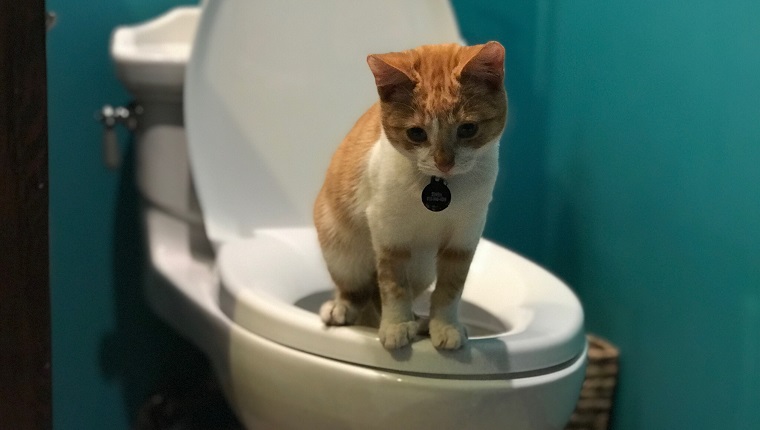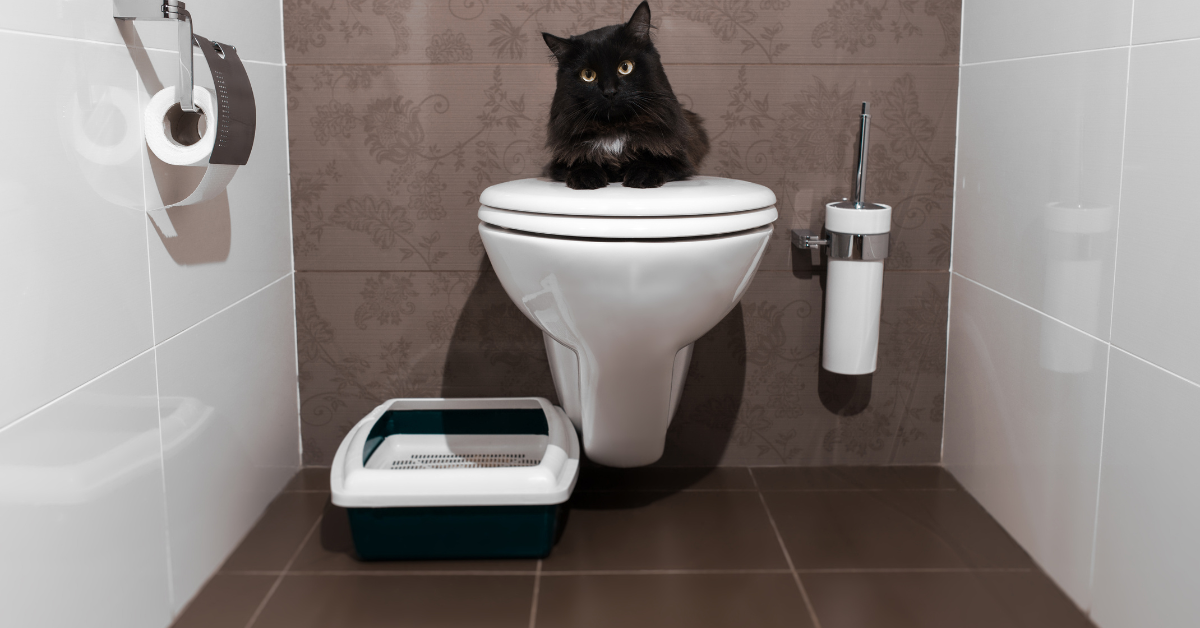The Dangers of Flushing Cat Poop Down Your Toilet - Tips for Better Handling
The Dangers of Flushing Cat Poop Down Your Toilet - Tips for Better Handling
Blog Article
They are making a number of great observations related to Can You Flush Cat Poo or Litter Down the Toilet? overall in the article which follows.

Introduction
As pet cat proprietors, it's necessary to be mindful of exactly how we get rid of our feline close friends' waste. While it may seem hassle-free to purge cat poop down the bathroom, this method can have damaging effects for both the setting and human health and wellness.
Alternatives to Flushing
Luckily, there are much safer and a lot more accountable means to dispose of pet cat poop. Consider the following options:
1. Scoop and Dispose in Trash
The most typical approach of throwing away feline poop is to scoop it right into a biodegradable bag and toss it in the garbage. Make certain to use a specialized litter inside story and deal with the waste immediately.
2. Use Biodegradable Litter
Go with biodegradable feline trash made from materials such as corn or wheat. These clutters are environmentally friendly and can be securely gotten rid of in the garbage.
3. Hide in the Yard
If you have a backyard, take into consideration burying cat waste in a designated location far from veggie gardens and water sources. Make sure to dig deep enough to avoid contamination of groundwater.
4. Mount a Pet Waste Disposal System
Buy a pet waste disposal system especially developed for pet cat waste. These systems make use of enzymes to break down the waste, decreasing smell and ecological impact.
Health and wellness Risks
Along with environmental worries, purging feline waste can also posture wellness risks to humans. Feline feces may include Toxoplasma gondii, a parasite that can cause toxoplasmosis-- a possibly severe ailment, especially for expecting females and individuals with weakened immune systems.
Environmental Impact
Purging cat poop presents damaging microorganisms and bloodsuckers into the water, posturing a considerable risk to water ecosystems. These contaminants can negatively impact aquatic life and concession water top quality.
Final thought
Liable pet dog ownership extends beyond giving food and shelter-- it additionally involves proper waste management. By refraining from flushing cat poop down the toilet and opting for different disposal approaches, we can decrease our environmental footprint and protect human wellness.
Why Can’t I Flush Cat Poop?
It Spreads a Parasite
Cats are frequently infected with a parasite called toxoplasma gondii. The parasite causes an infection called toxoplasmosis. It is usually harmless to cats. The parasite only uses cat poop as a host for its eggs. Otherwise, the cat’s immune system usually keeps the infection at low enough levels to maintain its own health. But it does not stop the develop of eggs. These eggs are tiny and surprisingly tough. They may survive for a year before they begin to grow. But that’s the problem.
Our wastewater system is not designed to deal with toxoplasmosis eggs. Instead, most eggs will flush from your toilet into sewers and wastewater management plants. After the sewage is treated for many other harmful things in it, it is typically released into local rivers, lakes, or oceans. Here, the toxoplasmosis eggs can find new hosts, including starfish, crabs, otters, and many other wildlife. For many, this is a significant risk to their health. Toxoplasmosis can also end up infecting water sources that are important for agriculture, which means our deer, pigs, and sheep can get infected too.
Is There Risk to Humans?
There can be a risk to human life from flushing cat poop down the toilet. If you do so, the parasites from your cat’s poop can end up in shellfish, game animals, or livestock. If this meat is then served raw or undercooked, the people who eat it can get sick.
In fact, according to the CDC, 40 million people in the United States are infected with toxoplasma gondii. They get it from exposure to infected seafood, or from some kind of cat poop contamination, like drinking from a stream that is contaminated or touching anything that has come into contact with cat poop. That includes just cleaning a cat litter box.
Most people who get infected with these parasites will not develop any symptoms. However, for pregnant women or for those with compromised immune systems, the parasite can cause severe health problems.
How to Handle Cat Poop
The best way to handle cat poop is actually to clean the box more often. The eggs that the parasite sheds will not become active until one to five days after the cat poops. That means that if you clean daily, you’re much less likely to come into direct contact with infectious eggs.
That said, always dispose of cat poop in the garbage and not down the toilet. Wash your hands before and after you clean the litter box, and bring the bag of poop right outside to your garbage bins.
https://trenchlesssolutionsusa.com/why-cant-i-flush-cat-poop/

As a reader about How to Dispose of Cat Poop and Litter Without Plastic Bags, I figured sharing that excerpt was sensible. Sharing is caring. You just don't know, you might be doing someone a favor. Thank you for your time. Please pay a visit to our blog back soon.
Go Deal Now Report this page